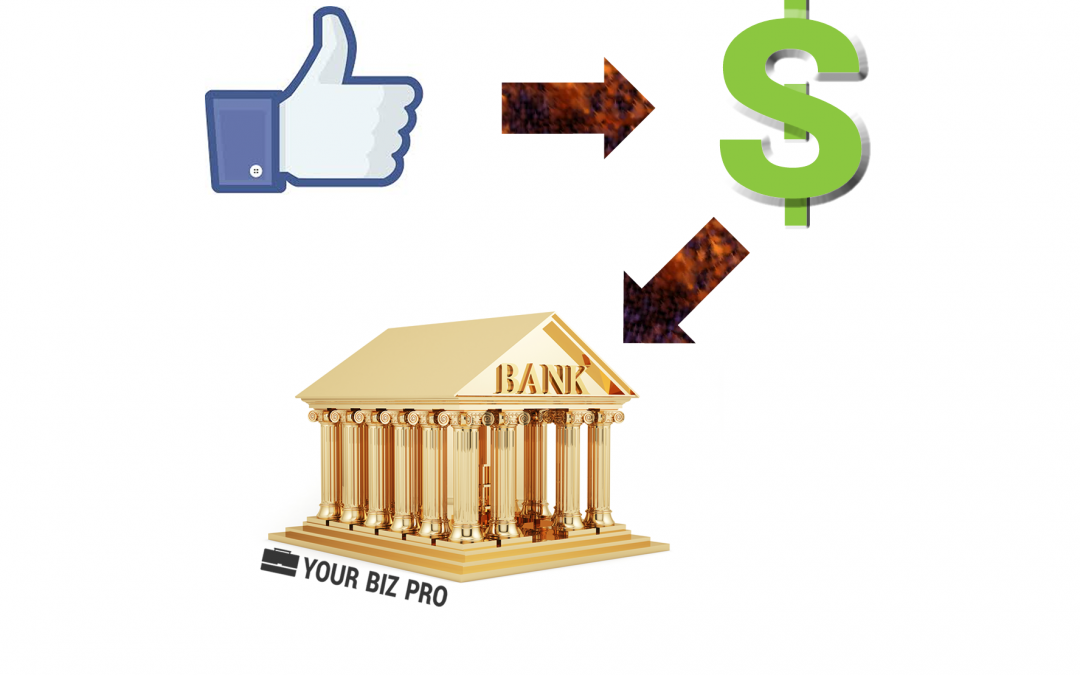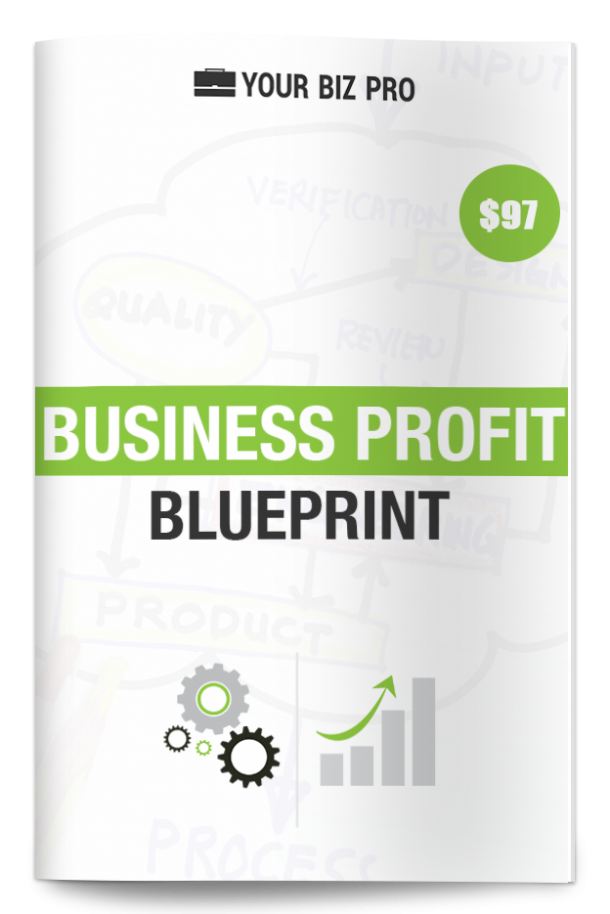Try as I might, I can’t get a bank to take “Likes”, “Friends”, or “Followers” for deposit.
On the other hand, people are not always as responsive to pure advertising as we would like them to be (some are even going so far as to use ad blockers). Of course, people do respond to interesting and relevant ads; and response to ads makes them a prospect that can become a customer. “Interesting” is not easy to generalize about without knowing your business and ideal customer, but there are simple, inexpensive strategies to being “relevant” that are relevant to any business (couldn’t help it, hopefully I’m amusing more than just myself here!).
Below is a simple, inexpensive strategy to use social media marketing to get relevant ads in front of your ideal customers that any small business can implement, and all it takes to get started is a little time and $10/day in advertising.
To begin you need to take the time to clearly define your ideal customer (sorry – “everybody” is not your ideal customer unless you can afford advertise everywhere in all media). And you need to know that ideal customer well: what they like, how they spend their time, interests and hobbies, do they rent or own, in what areas (down to the zip codes if possible), age, income, things they own, etc., etc. and more etc. (the more etc. the better!). You also need to understand what is important to them about the products or services you offer – how does your offerings make their life better, easier, more enjoyable, or benefit them.
To set up this marketing system, you need to have a website that has at least a blog and an offer page. You need a Facebook page for your business, an advertising account with Facebook for that business page, and a personal Facebook page. When you set up your Facebook advertising account, they will provide you with some computer code called a pixel. Your webmaster needs to put this pixel in the code for every one of your website pages and test it.
Then every week you will follow these simple steps:
1. Write a short article (or have someone write a short article) about something that your ideal customer will find helpful or interesting, that is related to your offering, to use as a blog post on your website. The post could be as simple as finding an article on one of the websites you know they like (because you clearly defined them, and got to know them), making some comments about the article and providing a short summary of it, and including a link to the original article (make sure the link will open in another tab and not take people away from your site!). You could provide some helpful hints or tips (like this article you are reading), or share some news that will be interesting to your ideal customer.
2. Post the article to your blog on your website (with a picture related to the content that has very little text in it).
3. Go to your business Facebook page, and write something that will encourage people to want to read the blog post (the first paragraph or two of the blog post, for example) and include a link to the blog post so they can finish reading.
4. Use the Facebook “Boost” the post feature to advertise to an “Audience” that describes your ideal customer. The more details you have about that ideal customer, the better the match to your ideal customer Facebook can provide. The goal is website visits, and you can set the budget as low as $5/day for the week (or ½ of your budget, whichever is higher).
5. Like and share the Facebook page you just put on your business page as you (from your personal Facebook page), suggesting to friends that they share it. Also post it in the online groups you have become active in because your ideal customer is active in them.
6. Create a Facebook ad that will appeal to your ideal customer with the benefits of an offer. Use the Learn More button in the ad to take them to the Offer page on your website. The “Audience” for this ad will be the people that visited your website in the past 30 days. The goal is website visits, and you can set the budget as low as $5/day for the week (or ½ of your budget, whichever is higher).
7. The Offer page should encourage them to take the offer, and whether you are offering free information, coupons, a discounted sale, or a free consultation – be sure that they need to provide their name and an email address to take advantage of the offer. This is important because once you have the email address, you no longer have to pay Facebook to market to that person. You do have to continue to provide value to them consistently (useful information, etc. like on your blog), but now you can establish a more direct relationship, building trust and future sales.
In summary, the cycle goes like this:
Provide useful information on the blog.
Post a teaser and a link to the blog post on the company Facebook page.
Drive more awareness by personally liking and sharing the company Facebook post to your friends and relevant groups.
Advertise the post to your ideal customers (“Boost” the post) to expand your reach.
Advertise offers to the people who visited your website that will help you get their email address so you can build a relationship that will have a high lifetime value in sales.
If your ideal customer spends more time on LinkedIn or Twitter than Facebook, you can use the same process with their marketing tools.
If you found this helpful, please share it with friends and colleagues.
Comments and suggestions for future articles can be posted on this page.
Thanks!


